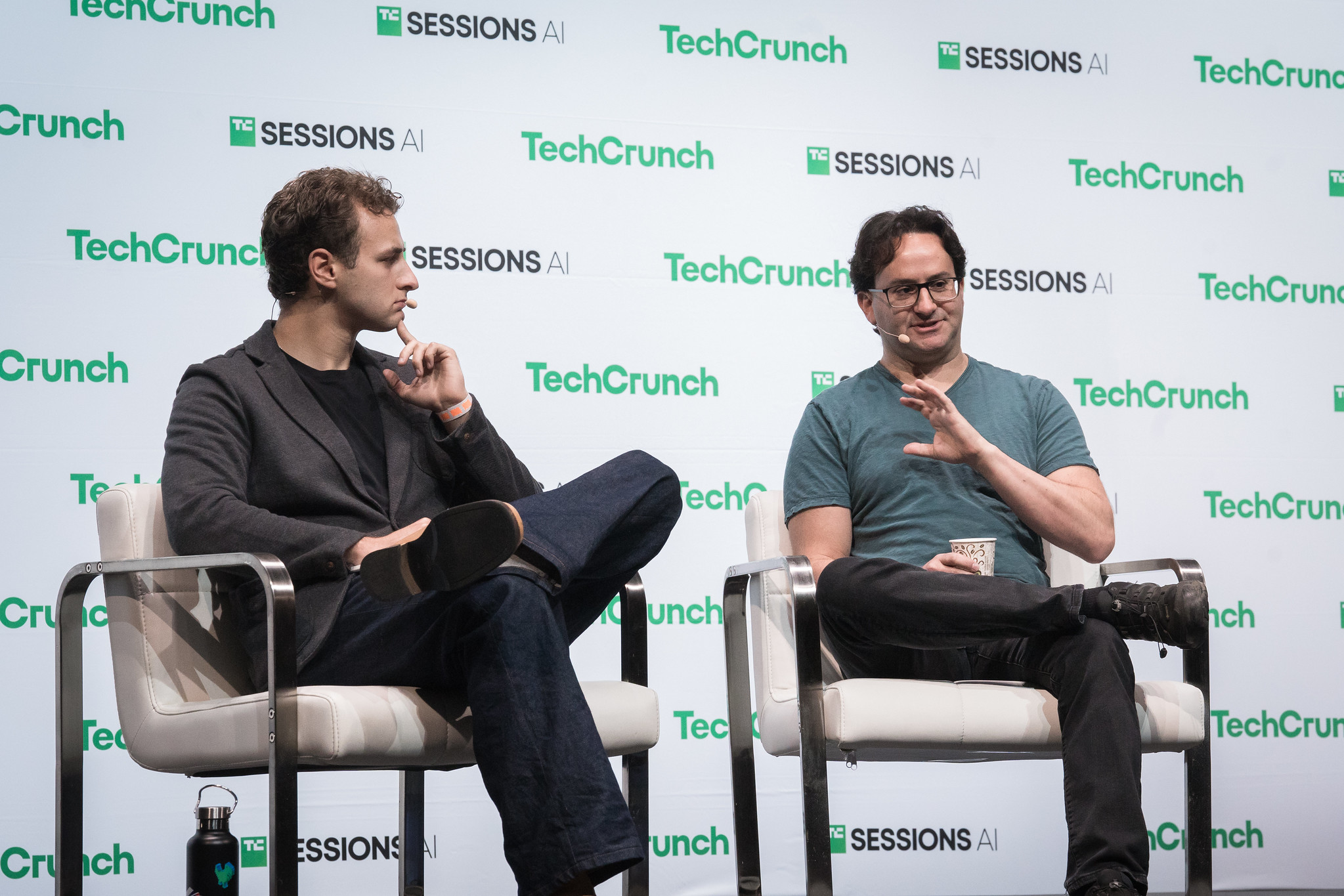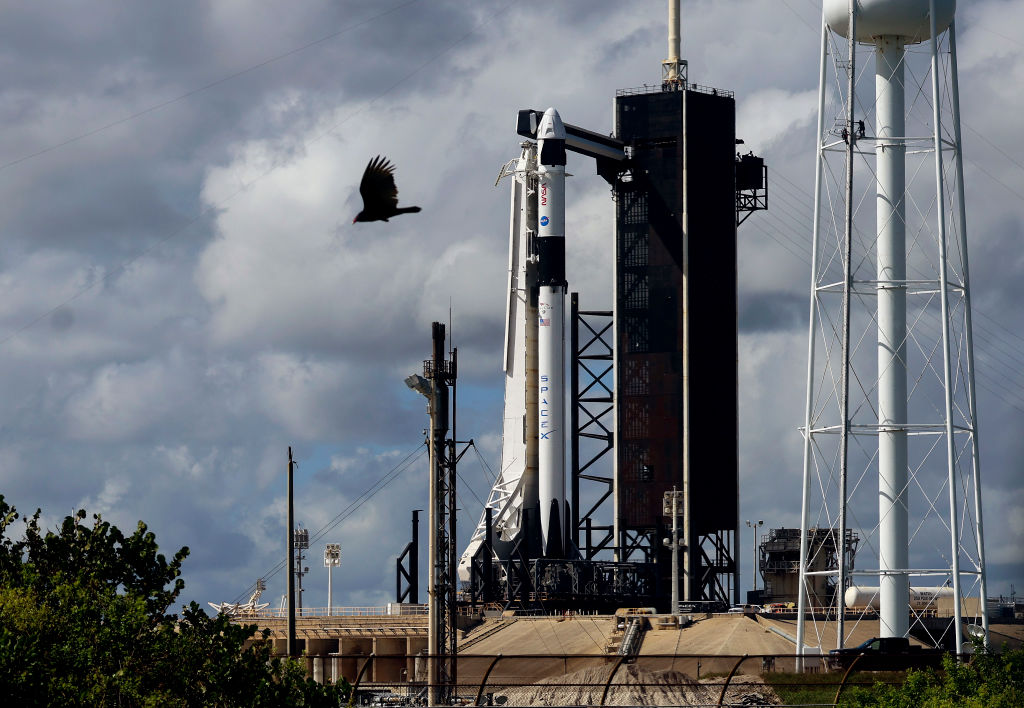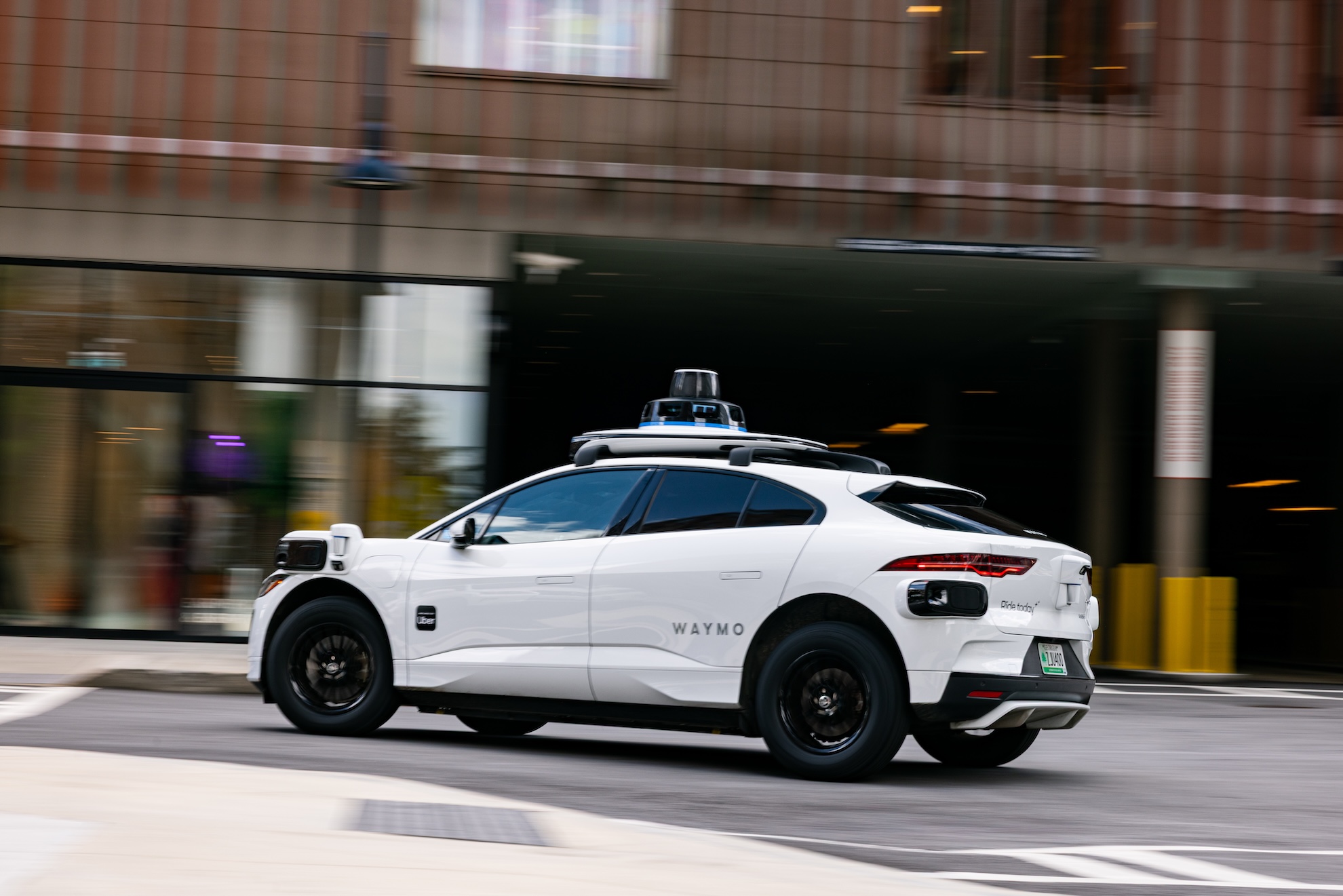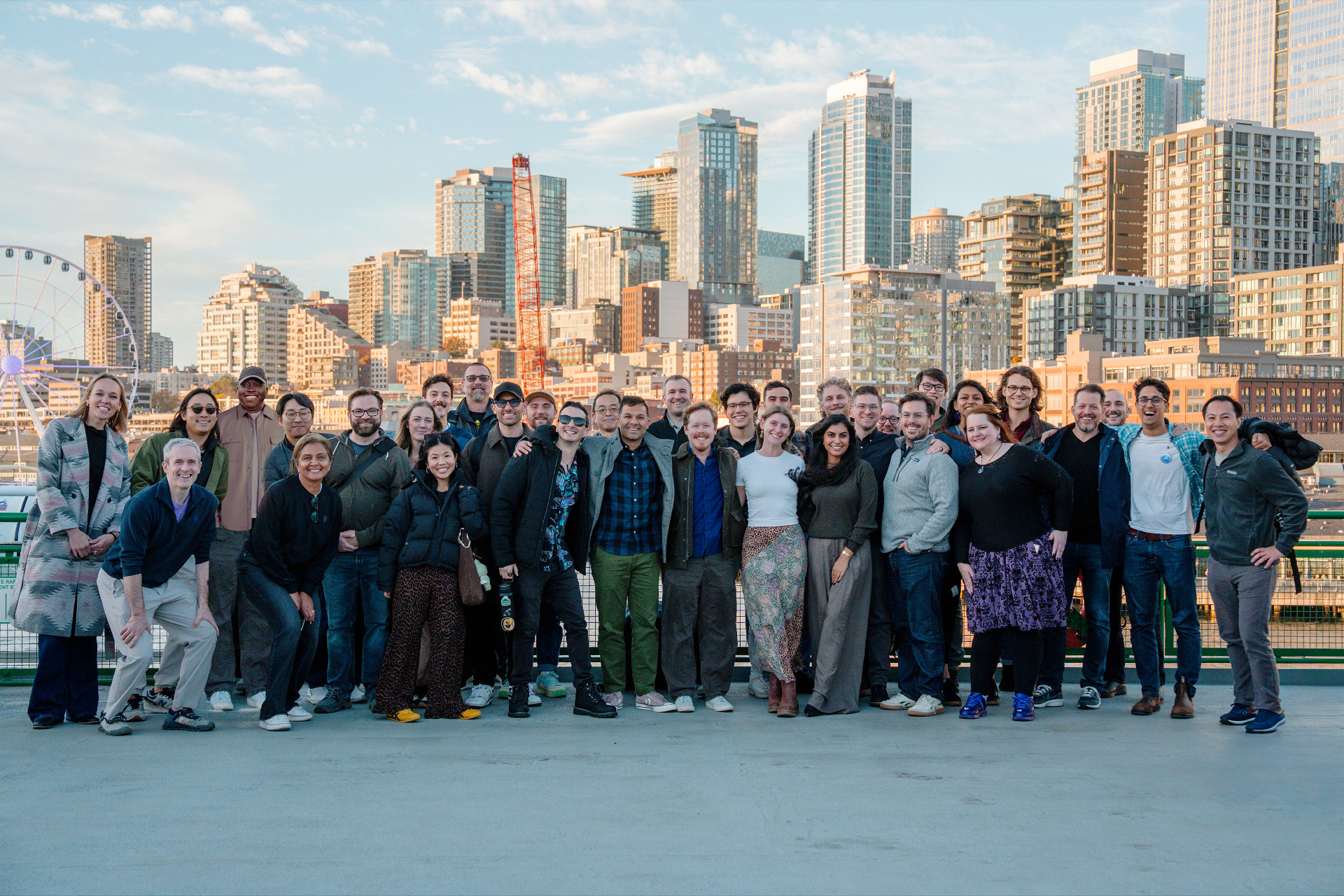
A recent report by The Information indicates that Anthropic, a prominent artificial intelligence research and development company, is forecasting a monumental revenue of up to $70 billion and a substantial $17 billion in cash flow by the year 2028. These ambitious financial projections are reportedly underpinned by the accelerating adoption of Anthropic’s business-oriented products and services, according to an individual privy to the company’s internal financial data. The figures underscore the fierce competition and rapid expansion within the generative AI market, positioning Anthropic as a formidable player alongside industry leaders.
The Genesis and Evolution of Anthropic
To fully grasp the magnitude of these projections, it is essential to consider Anthropic’s origins and its unique trajectory in the burgeoning AI landscape. Founded in 2021 by former senior members of OpenAI, including siblings Daniela and Dario Amodei, Anthropic emerged with a distinct mission: to develop advanced AI systems with a strong emphasis on safety and ethical considerations. This commitment led to the pioneering of "Constitutional AI," a methodology designed to align AI systems with human values through a set of principles rather than extensive human feedback, aiming to reduce harmful outputs and biases. The company’s formation came at a pivotal time, as the broader AI field was beginning to witness the transformative potential of large language models (LLMs) and generative AI.
The timeline of AI development itself has been marked by significant breakthroughs. The introduction of the Transformer architecture in 2017 revolutionized natural language processing, laying the groundwork for models like Google’s BERT and OpenAI’s GPT series. The public release of ChatGPT in late 2022 catalyzed a global awareness and investment surge in generative AI, transforming it from a niche technological pursuit into a mainstream phenomenon with profound implications for industries worldwide. Anthropic, with its flagship Claude models, quickly established itself as a credible alternative, attracting significant investor interest from tech giants like Google and Amazon, who have poured billions into the startup, recognizing its potential to shape the future of artificial intelligence.
Enterprise Focus: A Cornerstone of Growth
Anthropic’s strategic pivot towards the business-to-business (B2B) sector has become increasingly evident and appears to be a primary driver of its optimistic financial outlook. Unlike some rivals that balance both consumer and enterprise offerings, Anthropic has sharpened its focus on providing robust AI solutions directly to corporate clients. This strategy leverages the immense potential for AI to enhance operational efficiency, fuel innovation, and provide competitive advantages across diverse industries.
Recent weeks have illuminated the clarity and aggression of this B2B strategy. A significant partnership with Microsoft, for instance, now sees Anthropic’s sophisticated models integrated into Microsoft 365 applications and its AI-powered Copilot assistant. This collaboration places Anthropic’s technology directly into the hands of millions of business users, facilitating everything from document creation and data analysis to communication and workflow automation. Furthermore, Anthropic has deepened its existing relationship with Salesforce, a leading customer relationship management platform, indicating a concerted effort to embed its AI capabilities within critical enterprise software ecosystems. Beyond these tech giants, Anthropic has secured major contracts with professional services firms, planning to deploy its Claude AI assistant to hundreds of thousands of employees at Deloitte and Cognizant. These deployments are indicative of a broader trend where large enterprises are actively seeking advanced AI tools to augment their workforce, streamline complex processes, and extract actionable insights from vast datasets. The appeal of a "safety-first" AI model like Claude, particularly in regulated industries, further enhances Anthropic’s attractiveness to risk-averse corporate clients.
Ambitious Financial Projections and Market Dynamics
The reported financial targets are not merely aspirational; they reflect a calculated trajectory of growth. Earlier reports from Reuters indicated that Anthropic was poised to more than double, and potentially nearly triple, its annualized revenue run rate in the coming year. The company is reportedly on track to achieve an annual recurring revenue (ARR) of $9 billion by the close of 2025, with even more ambitious targets of $20 billion to $26 billion ARR set for 2026. This year alone, Anthropic anticipates generating $3.8 billion from selling access to its AI models via an API, a figure that reportedly doubles the $1.8 billion OpenAI expects from its own API sales. Specific product lines are also showing impressive traction; Claude Code, for example, is reportedly nearing an annualized revenue of $1 billion, a substantial increase from approximately $400 million in July.
Such rapid growth necessitates significant capital. Anthropic last secured $13 billion from investors in September, in an oversubscribed funding round that valued the company at an estimated $170 billion. Should it seek further capital, market watchers speculate that Anthropic could target an even higher valuation, potentially ranging between $300 billion and $400 billion. These valuations underscore the intense investor confidence in the generative AI sector, often driven by the belief that these technologies will fundamentally reshape global industries and generate unprecedented economic value.
An important distinction in the financial reporting is the projection of $17 billion in cash flow by 2028. Cash flow, which measures the net amount of cash and cash equivalents entering and leaving a company, differs from profit, which accounts for all revenues and expenses. Positive cash flow indicates that a company has more money flowing in than out from its operational, investment, and financing activities. While this is a healthy sign for a growing enterprise, Anthropic does carry notable liabilities, including a $2.5 billion credit facility and a $1.5 billion legal settlement stemming from a copyright lawsuit brought by a group of authors. Nevertheless, the company’s anticipated gross profit margin paints a picture of improving financial health. After reporting a negative 94% gross profit margin last year, Anthropic expects this to rebound to 50% this year and soar to 77% by 2028, reflecting increasing efficiency and scalability in its core operations.
Innovation and Product Development Fueling Enterprise Adoption
Beyond strategic partnerships, Anthropic’s commitment to continuous product innovation is crucial to its growth strategy. Over the past two months, the company has introduced smaller, more cost-effective models such as Claude Sonnet 4.5 and Claude Haiku 4.5. These models are specifically designed to appeal to businesses looking to deploy AI at scale, offering a balance of performance and affordability, which is critical for widespread enterprise integration. By providing a range of models, from powerful to highly efficient, Anthropic caters to diverse business needs, enabling companies to optimize their AI investments based on specific use cases and budget constraints.
Furthermore, Anthropic has expanded specialized offerings, including "Claude for Financial Services," which tailors its AI capabilities to the unique demands of the highly regulated finance sector. The introduction of "Enterprise Search" is another significant development, allowing businesses to seamlessly connect all their internal work applications to Claude. This functionality transforms Claude into a central intelligence layer, capable of synthesizing information from disparate internal systems, thereby enhancing knowledge management, decision-making, and overall productivity within organizations. These targeted innovations demonstrate Anthropic’s understanding of complex enterprise requirements and its ability to deliver tailored solutions that add tangible business value.
The Competitive Dynamics: Anthropic Versus OpenAI
The generative AI market is characterized by intense competition, with Anthropic’s primary rival being OpenAI, valued at an estimated $500 billion. While both companies are pursuing robust B2B strategies, their overall approaches exhibit notable differences. OpenAI complements its enterprise focus with a strong consumer push, fueled by the widespread adoption of ChatGPT, which boasts an impressive 800 million weekly active users. OpenAI projects $13 billion in revenue this year and an ambitious target of $100 billion by 2027.
However, a key distinction lies in their financial outlooks regarding profitability and cash burn. While Anthropic is projecting positive cash flow by 2028, OpenAI anticipates significant losses. Reports suggest OpenAI’s cash burn could reach $14 billion in 2026 and potentially accumulate to $115 billion through 2029. This substantial cash outlay is primarily attributed to the immense infrastructure spending required to train and operate its cutting-edge AI models, including the acquisition of vast computing power, specialized chips, and the development of state-of-the-art data centers. This disparity highlights different operational philosophies and capital allocation strategies. Anthropic’s emphasis on efficiency and a more controlled scaling of its infrastructure, coupled with its safety-first approach, may contribute to a quicker path to financial sustainability compared to the aggressive, potentially loss-making, expansion of some of its competitors.
Market Implications and Future Outlook
The projected financial growth for Anthropic, if realized, would have significant market implications. It signals a maturation of the enterprise AI market, where businesses are moving beyond experimental pilot projects to full-scale adoption of AI solutions. This trend will likely drive further investment in AI infrastructure, talent acquisition, and research and development across the tech industry. The cultural impact is also profound, as AI integration continues to reshape workforces, demanding new skill sets and prompting ethical debates about automation and human-AI collaboration.
From an analytical perspective, Anthropic’s success hinges on its ability to sustain its innovation pace, continue building trust with enterprise clients through its safety commitments, and effectively manage the operational costs associated with scaling advanced AI. The $70 billion revenue projection by 2028 places Anthropic in the league of established tech giants, underscoring the potential for generative AI to become one of the most transformative technologies of this decade. The ongoing "AI race" is not just about technological supremacy but also about establishing dominant market positions and shaping the ethical frameworks for AI’s future development and deployment. As Anthropic continues to expand its footprint in the enterprise sector, its journey will undoubtedly offer critical insights into the long-term viability and impact of AI on the global economy.





